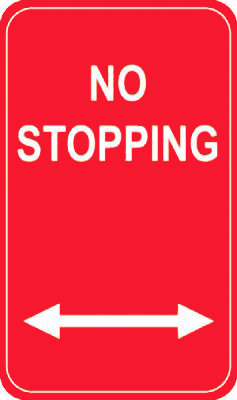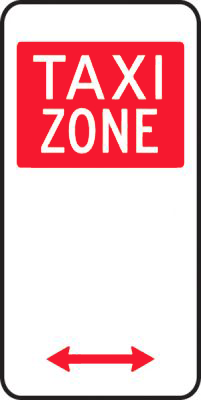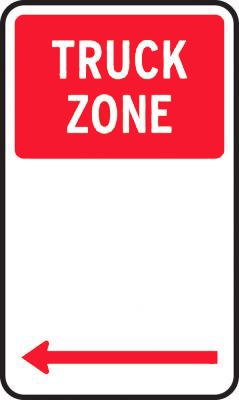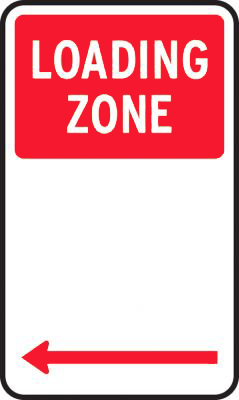Parking rules
Understand NSW parking rules, including restrictions, areas where you must not park and Mobility Parking Scheme permissions. Here’s what you need to know.
No parking
You must not stop or park your vehicle:
- alongside another parked vehicle (double park)
- across a driveway, unless you’re picking up or dropping off passengers
- on a median strip, unless a sign says you can
- on a traffic island
- within an intersection
- on a children’s crossing or pedestrian crossing
- on a railway level crossing
- on footpaths and nature strips, unless a sign says you can
- in a slip lane, unless a sign says you can.
Your parked vehicle must not block the flow of traffic or become a danger to other road users.
In some places, you must not park at certain times or under certain conditions.
If you have a Mobility Parking Scheme (MPS) permit, you can stop for up to 5 minutes.

'No parking' signs
You must not park on a road or in an area where there’s a ‘No parking’ sign. This may be all the time or at certain times, as shown on the sign.
You can stop for less than 2 minutes if you stay within 3m of your vehicle, if you’re:
- dropping off or picking up passengers
- loading or unloading items.
No stopping
The ‘No stopping’ sign means you must not stop at any point on the road or kerb in the direction of the arrow, unless in an emergency.
‘No stopping’ areas are sometimes marked by an unbroken yellow edge line.
Restrictions may apply at certain times only, as shown on the sign.

Vehicle parking rules
You must not park within 1m of another vehicle parked in front or behind (but not when angle parking).
Bus stops
You must not park within 20m before and 10m after a bus stop unless a sign says you can.

Intersections
You must not park within 20m of an intersection with traffic lights, unless a sign says you can.
You must not park within 10m of an intersection without traffic lights, unless:
- a sign says you can
- it’s a T-intersection and you park along the continuous side of the continuing road.
Crossings
You must not stop or park within 20m before and 10m after a children’s crossing or pedestrian crossing unless a sign says you can.

You must not stop or park within 10m before and 3m after traffic lights that aren’t at an intersection but have:
- pedestrian signals unless a sign says you can
- bicycle crossing lights unless a sign says you can.

You must not stop or park within 20m before and after a railway level crossing unless a sign says you can.

Double dividing lines
You must not park within 3m of any double dividing lines.
Fire hydrants
You must not park within 1m of a fire hydrant, fire hydrant indicator or fire plug indicator.
On or near a crest or curve
You must not stop or park on a hill or a curve outside a built‑up area, unless drivers are able to see your vehicle from at least 100m away. If there’s a parking sign, follow the instructions shown.
Australia Post box
You must not park within 3m of an Australia Post letter box. You can stop to post mail or drop off or pick up passengers.

Taxi zone
You must not stop in the direction of the arrow or arrows on the sign, unless driving a taxi. Some taxi zones have times shown. You can stop or park your vehicle outside those times.



Works zone
You must not park in a works zone, unless your vehicle is being used in construction work in or near the zone.
Any vehicle can stop to pick up or drop off passengers.
Restrictions may apply at certain times only, as shown on the sign.


Truck zone
You must not stop or park during the hours shown on the sign, unless dropping off or picking up goods in a truck over 4.5 tonnes gross vehicle mass (GVM).
Any vehicle can stop to pick up or drop off passengers.
Restrictions may apply for certain times, as shown on the sign.
Bus zone
You must not stop in the direction of the arrow or arrows on the sign, unless you’re driving a public bus. Some bus zones have times shown. You can stop or park your vehicle outside those times.
Loading zone
Loading zones are clearly signed parking areas that drivers may use while they are picking up or delivering goods, and bus drivers may use to pick up and set down passengers. Loading zones are primarily intended to support businesses without access to off-street loading or parking facilities in areas with limited kerbside parking.
A driver may park in a loading zone if:
- They are driving a vehicle that has been built to carry goods and they are engaged in picking up or dropping off goods (up to a maximum of 30 minutes). For example, a driver delivering music equipment at a venue; or
- They are driving a public bus and they are picking up or setting down passengers (up to a maximum of 30 minutes).
Drivers of other vehicles may also use loading zones to drop off or pick up passengers, but may only stop for the period during which a person is getting into or out of the vehicle.
A goods vehicle is defined as a vehicle constructed principally for the conveyance of goods. Types of goods vehicles include trucks, delivery vans and station wagons being used for goods delivery.
Restrictions may apply for certain times only as shown on the sign.
Enforcement of the loading zone rules is primarily the responsibility of local council enforcement officers. It is up to the to the enforcement officer to determine whether or not the driver of a vehicle is in breach of the rules and a penalty notice issued. For example, if the enforcement officer is of the opinion that the driver is not using the zone for the picking up or delivering of goods. In these circumstances evidence of a delivery may be required to support any claim disputing the issue of the penalty notice.